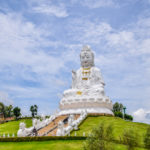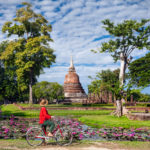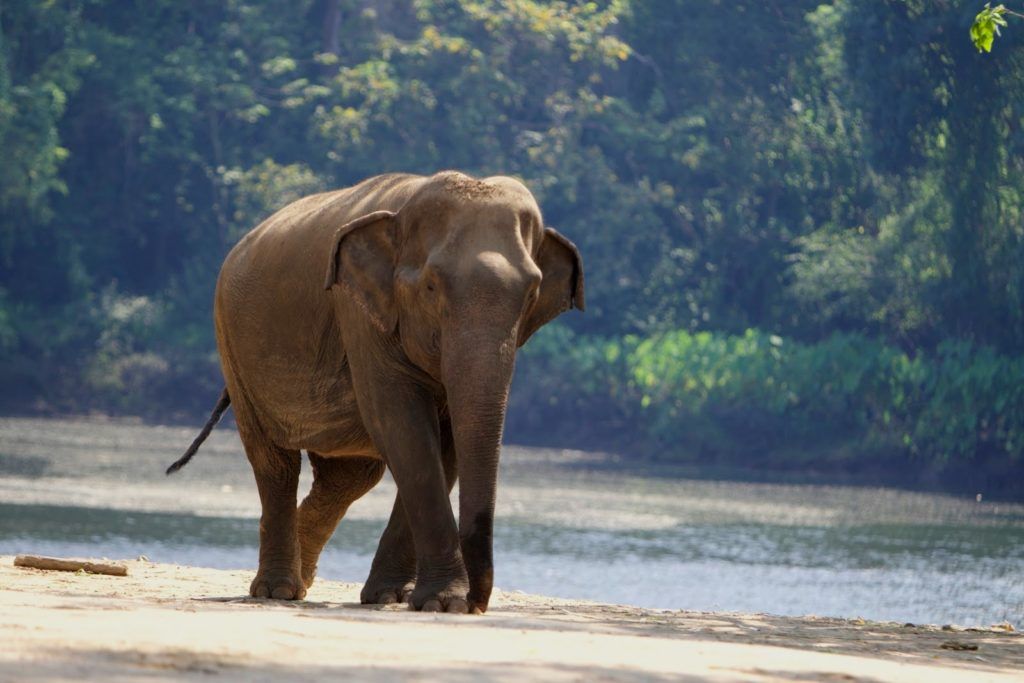
March 13th is a very important day for Thai people, as it marks National Elephant Day, or Chang Thai Day. Since 1998, the country of Thailand celebrates the close relationship that Thai people have had with elephants for over thousands of years. This close-knit bond has developed through the elephant’s significant role in transportation, arduous labor (like logging), and battles during ancient times. So much so, that a whole social position came to be for those who care for elephants, called the mahout.
A mahout cares for an elephant, sometimes since birth, and trains them through voice commands, monitors their wellbeing, and essentially spends their life ensuring an elephant’s life. The mindful care of the mahouts are what allow for the coexistence of domesticated elephants and people on domesticated lands. This life-long bond between man and elephant is just one of the ways that elephants hold such a vital role within Thai life and why Chang Thai Day was created.
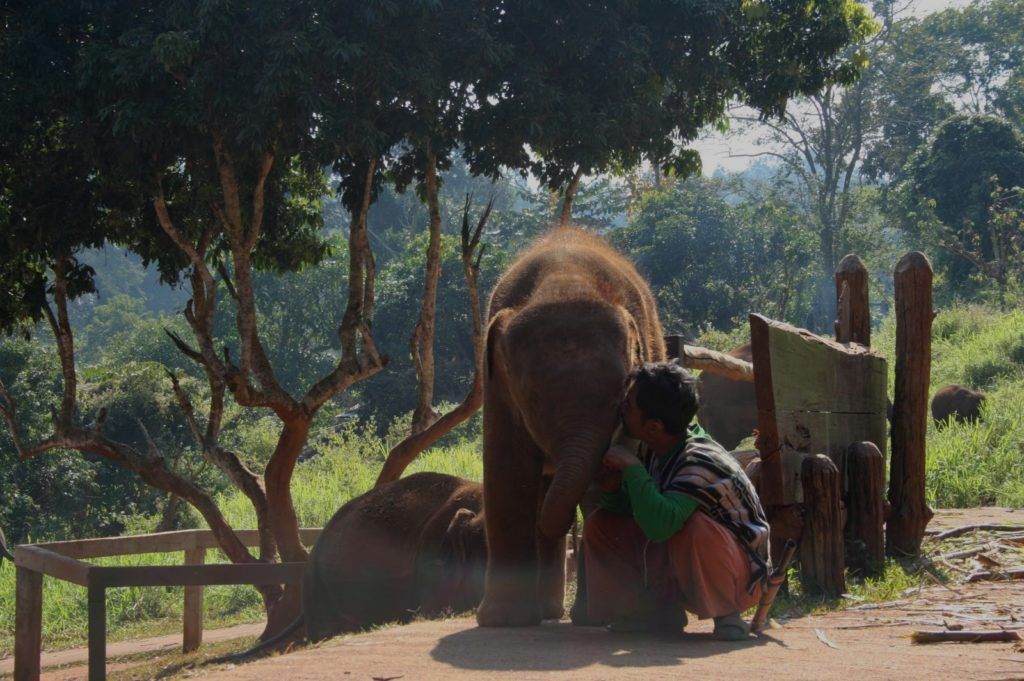
Chang Thai Day was established in Thailand with three main purposes in mind. The first is to show how significant elephants are in Thailand. The second is to demonstrate how the Thai culture depends on the elephants. Lastly, this annual celebration promotes awareness about protecting and conserving the Thai elephant population and its habitats.
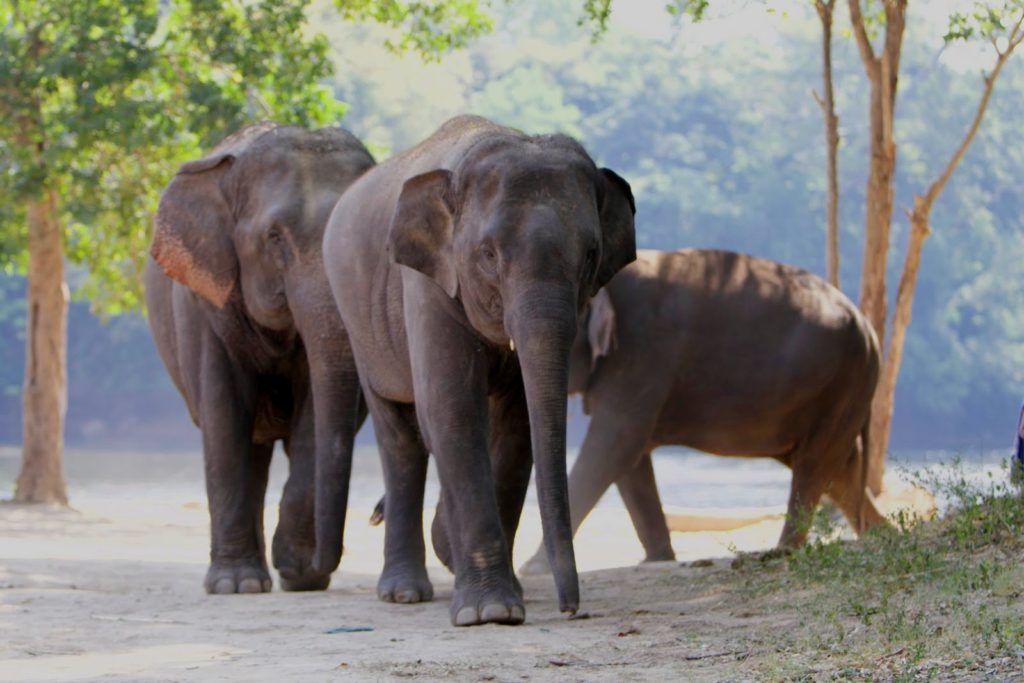
While modern life in Thailand calls less for the use of elephants since the logging industry was banned in 1989, mahouts and elephants have shifted toward the tourism industry in order to sustain their existence. With the conservation of current and future numbers of the elephant population in mind, the importance of elephant care tourism throughout the country has grown significantly.
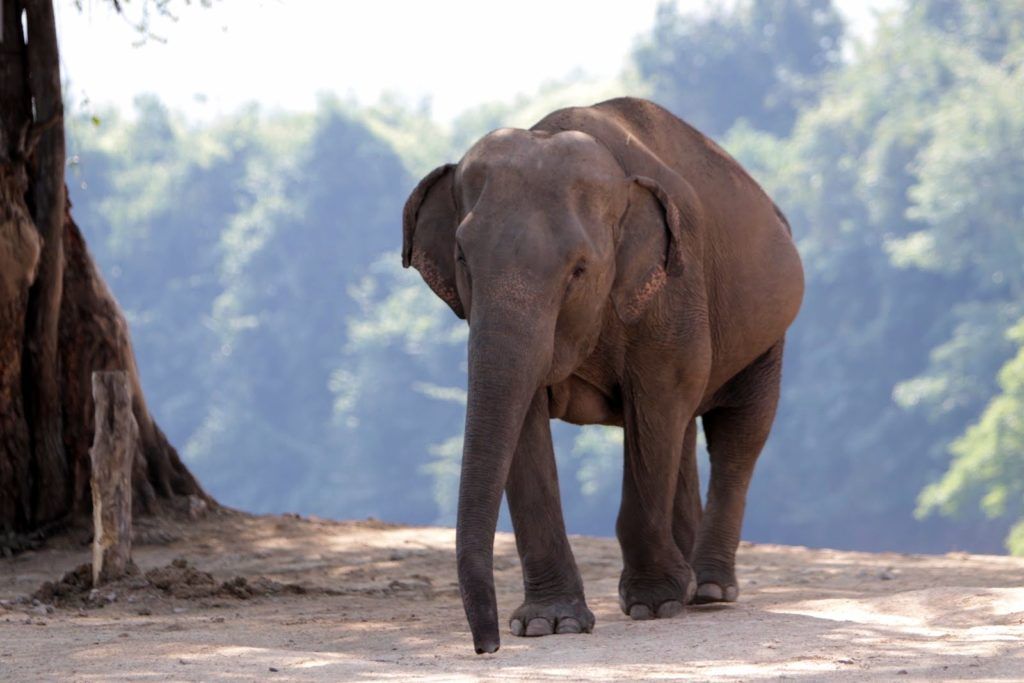
Recently, the Tourism Authority of Thailand arranged an Experiential Learning Trip for press, travel professionals, writers, and other travelers to learn more about elephant care tourism and the numerous ways travelers can interact with elephants in a safe and thoughtful way for both the elephant and the traveler.
The trip visited several sanctuaries to observe, interact and care for elephants. Some elephants were born at the sanctuaries while others were rescued from destitute conditions and sometimes perilous environments.
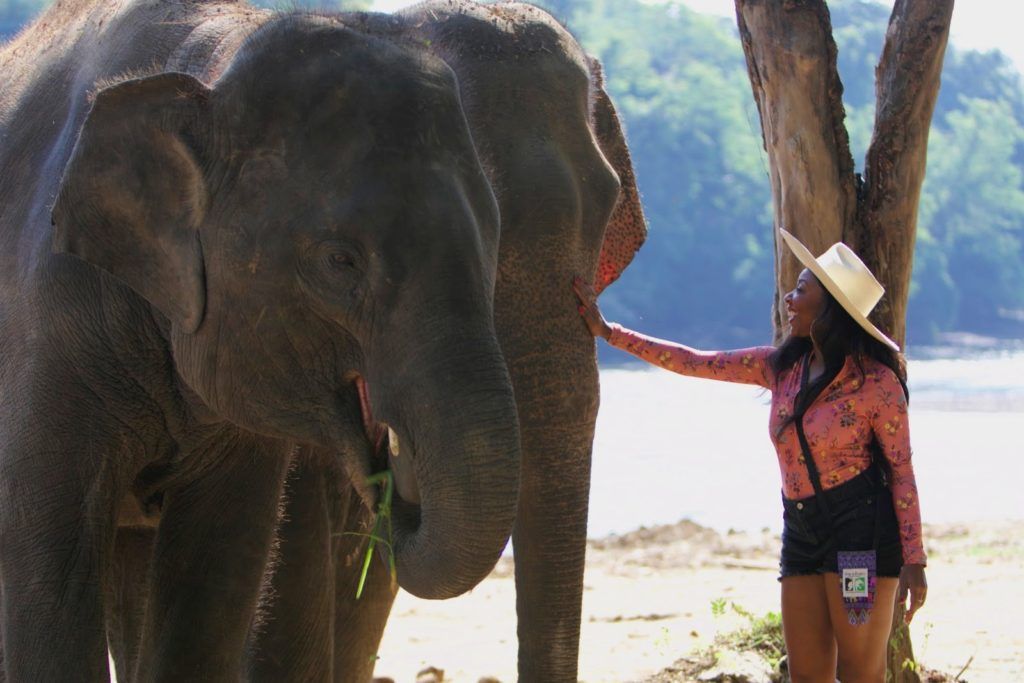
We got a glimpse into the lives of mahouts, what it takes to care for elephants, and how important elephant conservation is to Thai people and their identity. Participants also got to sightsee through multiple cities in Thailand and experience the best that the country has to offer.
There are dozens of elephant sanctuaries like those pictured in the video where travelers can interact with these majestic creatures in ways that help sustain the elephants’ well-being. Activities range from simply observing elephants in a natural habitat to walking, feeding, and even bathing elephants as a part of the daily elephant care routine. We even got to see what goes into the making of their food!
While elephant tourism is still a disputed topic among animal activists, the Tourism Authority of Thailand recommends visiting those elephant sanctuaries that uphold the highest of standards for elephant wellbeing and care.
For more information about elephant care tourism, read our blog post on the matter here. Also, read one of our tour operator’s recent article on the trip here.



